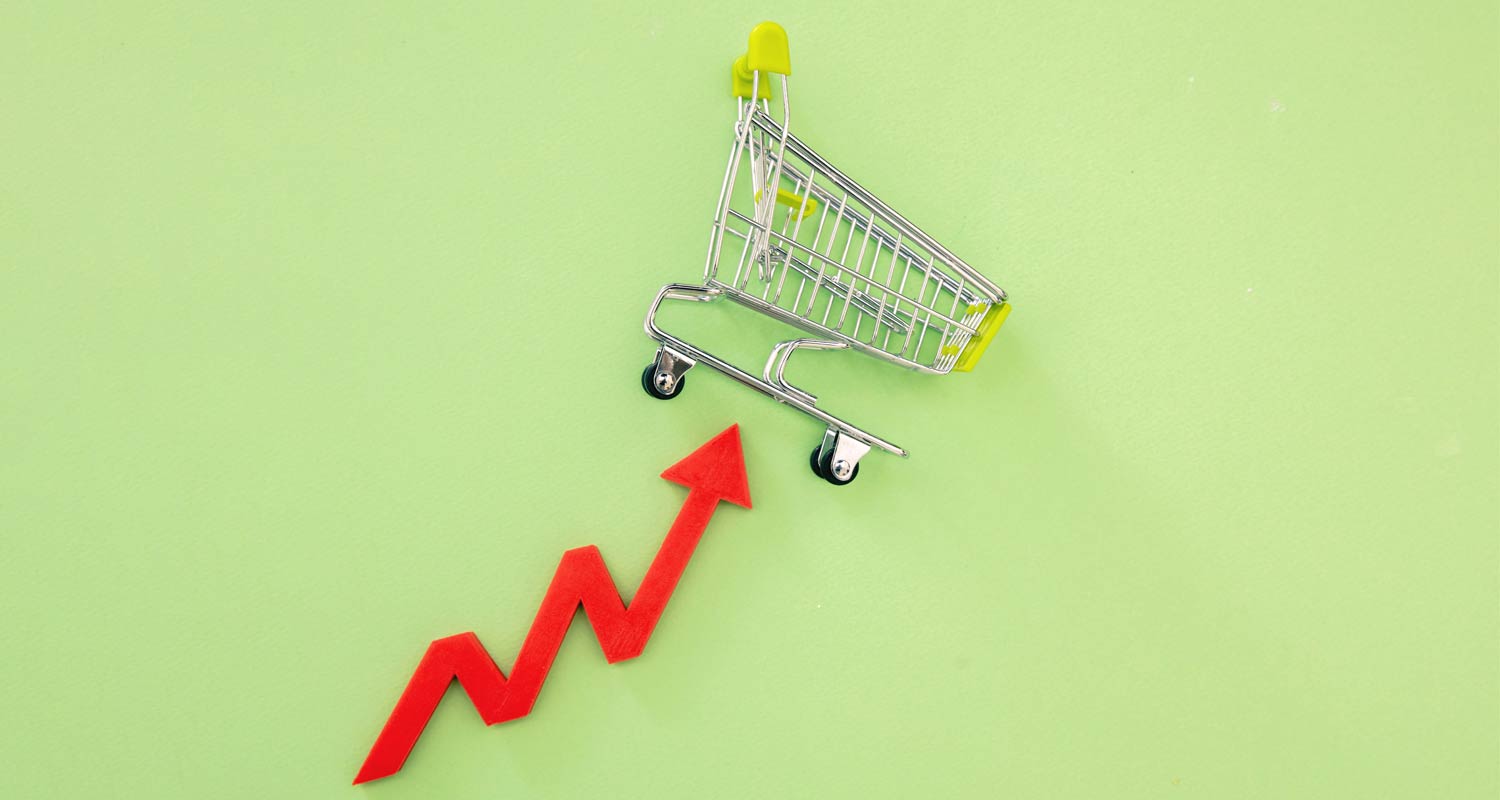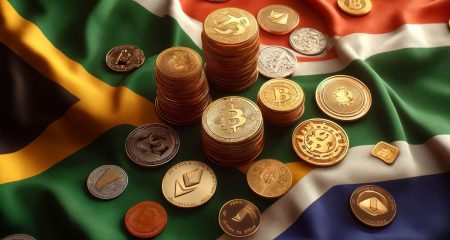 South African inflation quickened more than expected in October, approaching the upper end of the Reserve Bank’s preferred range and driven by steep rises in food, transport and health costs.
South African inflation quickened more than expected in October, approaching the upper end of the Reserve Bank’s preferred range and driven by steep rises in food, transport and health costs.
Headline consumer inflation rose to 5.9% year on year in October from 5.4% in September, Statistics South Africa data showed, higher than the 5.5% predicted by analysts polled by Reuters.
The Reserve Bank targets inflation of between 3% and 6% and will announce its final interest rate decision of the year on Thursday.
“Although fuel price pressures were widely anticipated, no one had forecast a spike back in year-on-year headline inflation,” said Razia Khan, chief economist for Africa and the Middle East at Standard Chartered.
Khan said petrol price cuts were expected and inflation would still slow after the new year.
“But the higher starting point is relevant for the inflation trajectory. This will not allow the Reserve Bank to sound dovish any time soon, and certainly not tomorrow,” she added.
The Bank kept its main interest rate unchanged at its last two policy meetings after 10 consecutive hikes and has stressed it wants to see inflation sustainably around the midpoint of its target range before it contemplates rate cuts.
Delay to easing?
Given Wednesday’s higher-than-expected inflation print, Capital Economics analysts said there was a growing risk that policymakers might decide to delay the start of monetary easing until much later in 2024.
“As things stand, we think the first rate cut will be delivered early next year and that rates will be lowered from 8.25% now to 7.5% by end-2024. But the risks are tilted towards the easing cycle starting even later,” they said in a research note.
Core inflation, which excludes food and fuel costs, fell to 4.4% year on year in October from 4.5% in September, offering some comfort to policymakers at the Reserve Bank. — Bhargav Acharya, (c) 2023 Reuters




